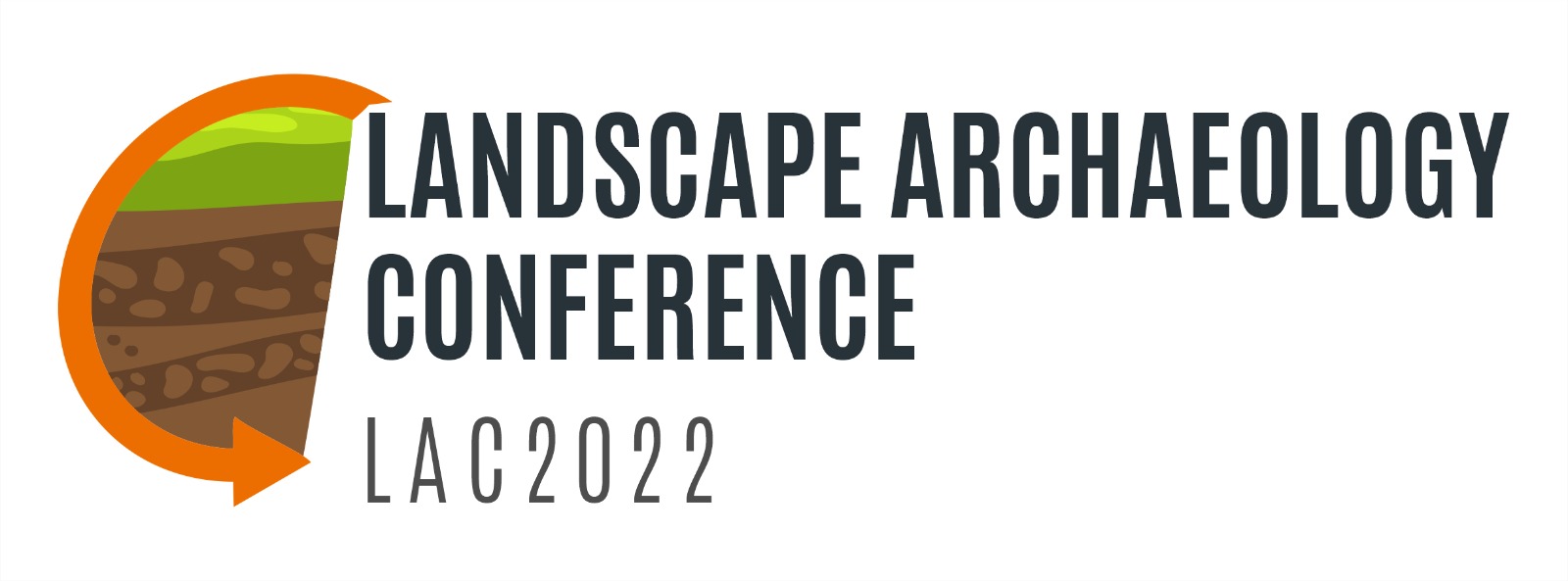Bringing pieces together: What multiproxy records from cave sediments can tell us about human dynamics in relation to past environmental changes in the Western Romanian Carpathians?
Main Article Content
Abstract
Cave sediments are natural repositories that store geochemical and palaeobiological information and sometimes archeological materials, thus providing evidence of past changes in the environment and clues of human activities over long temporal scales. Caves from Romanian Carpathians hold tracers of early human occupation and past environmental dynamics, but they are still poorly investigated. Thus, the region remains at the periphery of research, missing direct investigations about the timing of ancient human dynamics in relation to past ecosystems. Undisturbed cave sediment records of 128 and 20 cm in length, along with point samples were collected from two caves located in the Apuseni Mountains of western Romania. One of the caves host human footprints dating back to cca 36 ka, whereas the other one is known for its Bronze Age burial site. In the latter, excavation is in progress and the geochronological context of early human settlements has been assessed based on radiocarbon dating of human and seed remains. Surprisingly, the oldest traces of ritual deposits date back to the Middle / Late Neolithic around 7 ka BP. By using a multidisciplinary approach that combines chronology, lithostratigraphy, geochemistry, ancient DNA, and a detailed archaeological survey, this study aims to reconstruct Late Pleistocene/Holocene faunal and human population turnovers within a palaeoclimatic and palaeoenvironmental context at different spatio-temporal resolutions.


